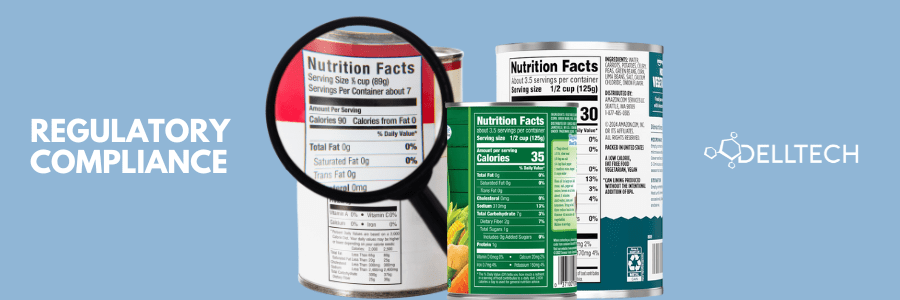In 2024, Health Canada introduced significant updates to the Cosmetic Regulations under the Food and Drugs Act, aiming to enhance consumer safety, transparency, and industry accountability. One main change is the need to disclose ingredient allergens.
Mandatory Ingredient Disclosure
As of April 12, 2026, all cosmetic products must disclose their full ingredient list, including 24 EU fragrance allergens*, if present above specified concentrations
August 1, 2026: New cosmetics must disclose 81 EU fragrance allergens when present at the concentration threshold.
August 1, 2028: Existing products must disclose 81 EU fragrance allergens when present at the concentration threshold:
- 0.01% for rinse-off products
- 0.001% for leave-on products
This aligns Canada with international standards, such as those in the European Union, and aims to protect consumers with sensitivities to certain substances.
* Note that these allergens may not only be present in Fragrances. Companies need to invest time to review all ingredients in their formulations to ensure none of these allergens are present in non-fragrance ingredients as well.
Health Canada has decided to implement a risk-based compliance & enforcement policy framework:
- April 12, 2026, to April 11, 2027: focus on compliance promotion with regulated parties
- April 12, 2027, onwards: compliance and enforcement will follow a risk-based approach
Start evaluating your Cosmetic formulations now to make sure you know what allergens are in your products and have time to make label and Cosmetic Notification Form changes to align with the new requirements.
If you need any assistance with your cosmetic compliance Dell Tech is here to help!
DELL TECH HAS PROVIDED PROFESSIONAL, CONFIDENTIAL CONSULTING SERVICES TO THE SPECIALTY CHEMICAL INDUSTRY IN CANADA, THE USA, EUROPE AND ASIA FOR THE LAST 40 YEARS.
[INSERT_ELEMENTOR id=5705]





